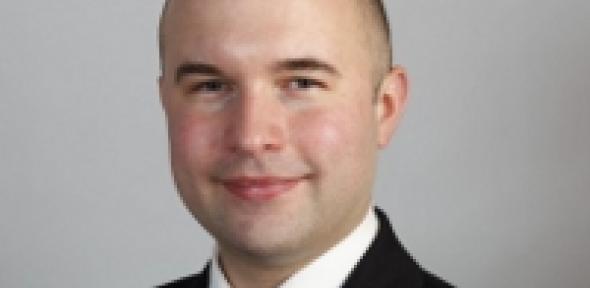
A recent paper from Andreas Bender and PhD student Fazlin Mohd Fauzi has caused quite a bit of media interest, with news stories on BBC World, as well as newspaper stories in India and Malaysia.
A recent paper from Andreas Bender and PhD student Fazlin Mohd Fauzi JCIM has caused quite a bit of media interest, with news stories on BBC World, as well as newspaper stories in India and Malaysia.
Traditional Chinese and Indian ayurvedic medicine have been used for centuries, and contain complex mixtures of active ingredients. A lot of information about the chemical composition of these medicines is now available in publicly available databases. Andreas and Fazlin used computational models to predict the biological targets of some of these molecules, and in many cases found a good correlation between the predicted biological target and the medicine’s traditional activity.
For example, in the traditional Chinese medicine class of ‘tonifying and replenishing medicine’, they found compounds that are active against the well-known cyclooxygenase, or COX, receptors involved in inflammation pathways.
They also looked at anticancer targets, Fazlin explains. ‘It predicted the activities quite well for anticancer compounds,’ she says. ‘Even if we can only find the targets for as few as 10% of the compounds in a traditional medicine, we have highlighted potential starting points for new medicine development.’

‘We know which compounds are present in plants used for specific purposes from the traditional medicine databases,’ Andreas adds. ‘We also have connections between chemical structure and targets from databases such as CHEMBL, and by putting all this information into our target identification models, we can anticipate what the likely protein targets of that compound are, and provide a bridge between the holistic thinking of eastern medicine, and the target-based thinking we have in the west.’
